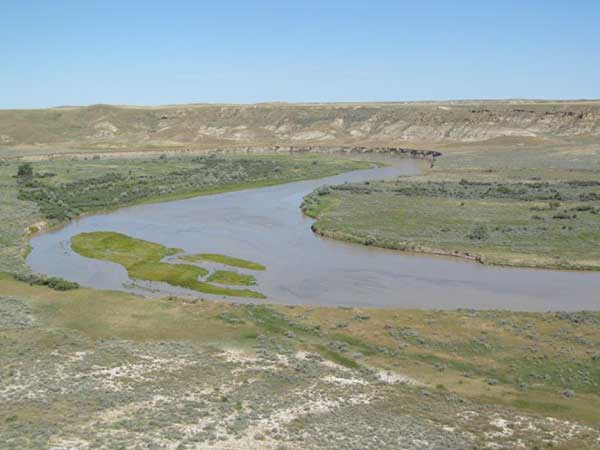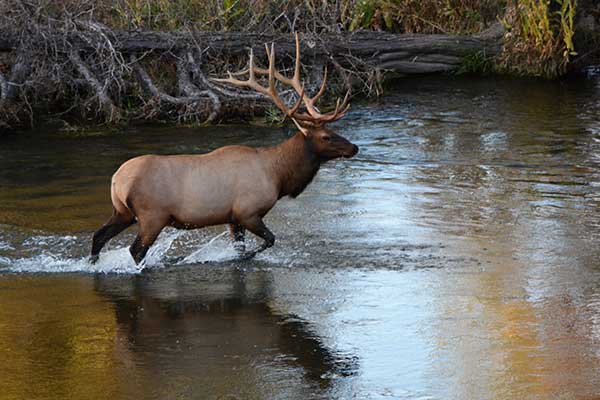
Attacks on public land are so common these days that it seems hunters, anglers and other outdoor enthusiasts are constantly on the defensive.
But in fact, Montana hunters keep picking up wins on the public lands front. In fact, we’re adding public lands. And that’s a good thing for wildlife, for hunting opportunity and for wildlife watchers and other recreationists.
This week that can continue. The Montana Fish and Wildlife Commission will consider the addition of 640 acres to the Lost River Wildlife Management Area in Hill County, located in the north-central part of the state.
The addition will help with habitat for deer, antelope and numerous other non-game wildlife species. It will add to the area’s hunting opportunity for upland game birds and big game. And it will also have the benefit of increasing access to adjoining public lands.
It’s a win, win, win. Wildlife gains habitat on lands that are specifically for that purpose. Hunters have more state land to pursue game. And hunters gain even more hunting opportunity by gaining access to other public lands.
It’s exactly how the Habitat Montana program is supposed to work. It’s also why it’s so vital that this program that protects habitat and increases access continues.
Nick Gevock is the conservation director for the Montana Wildlife Federation.


